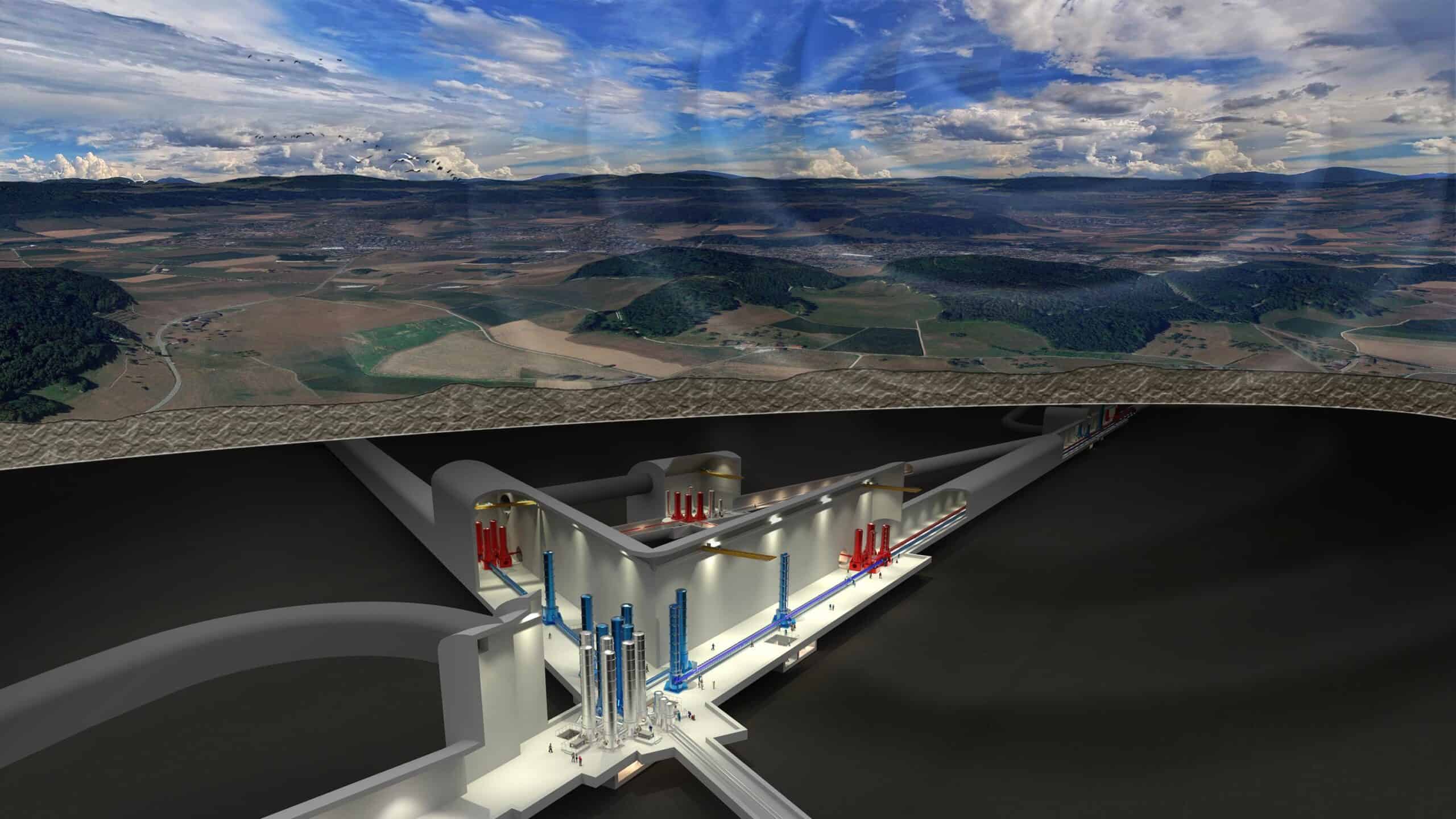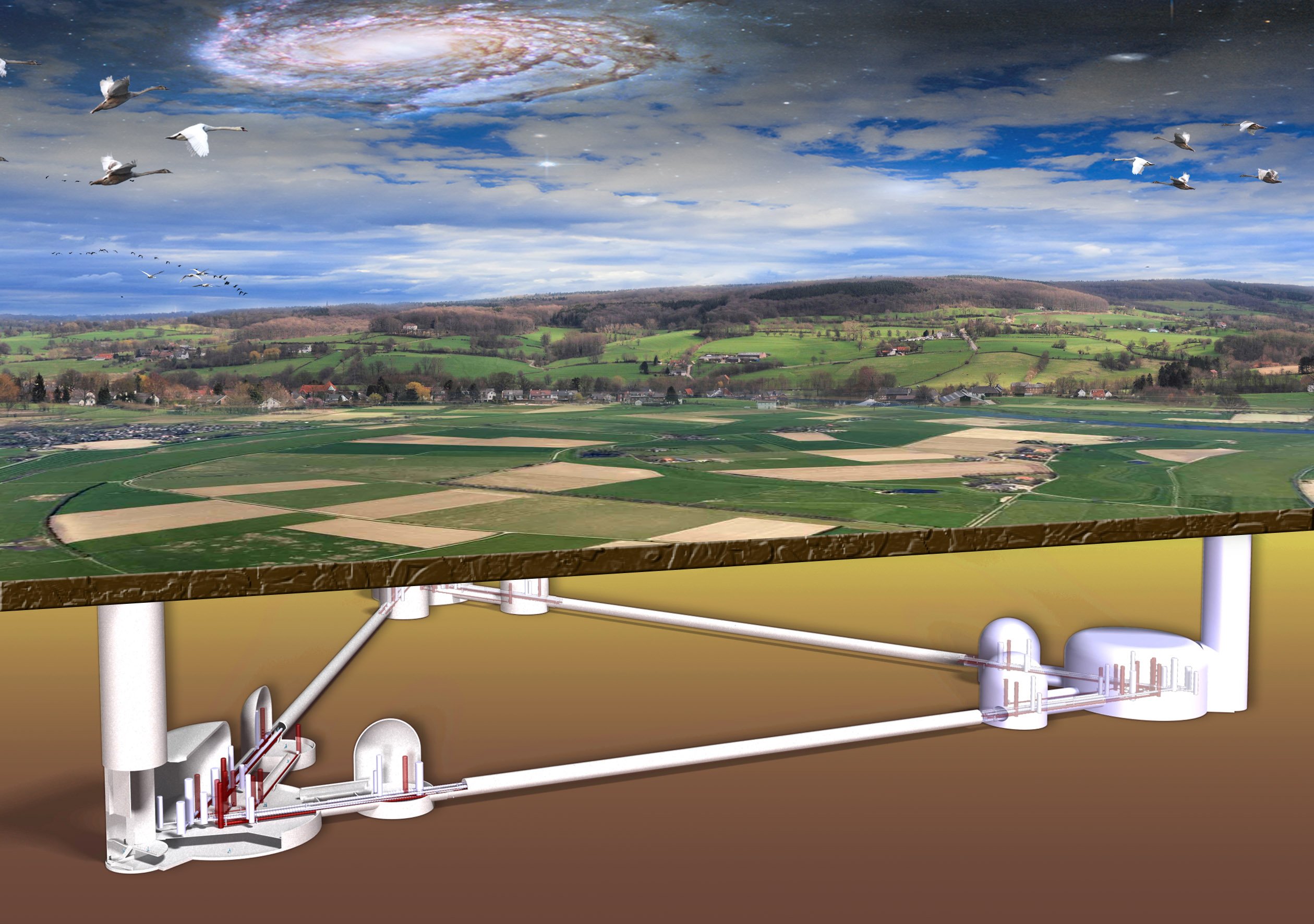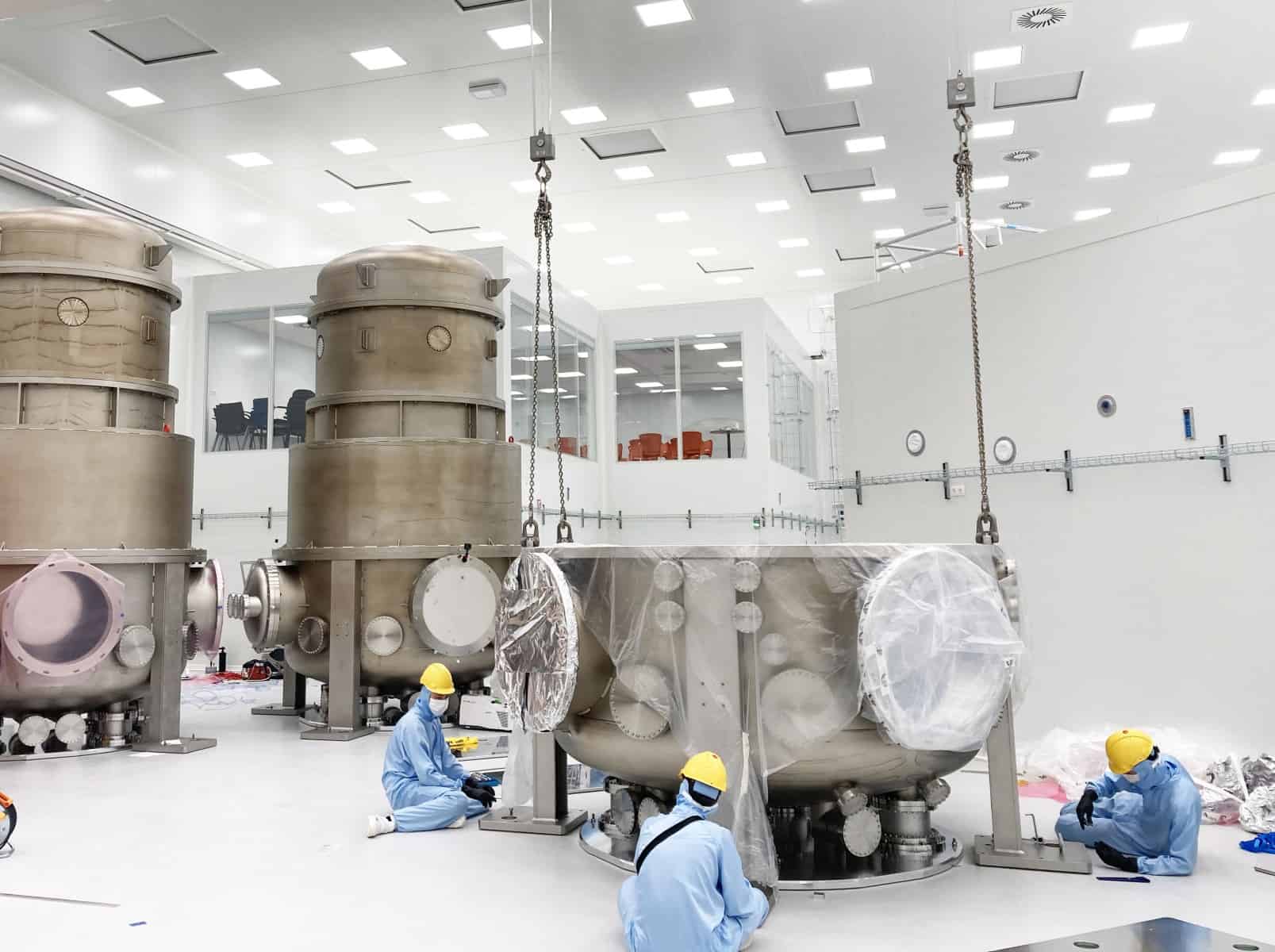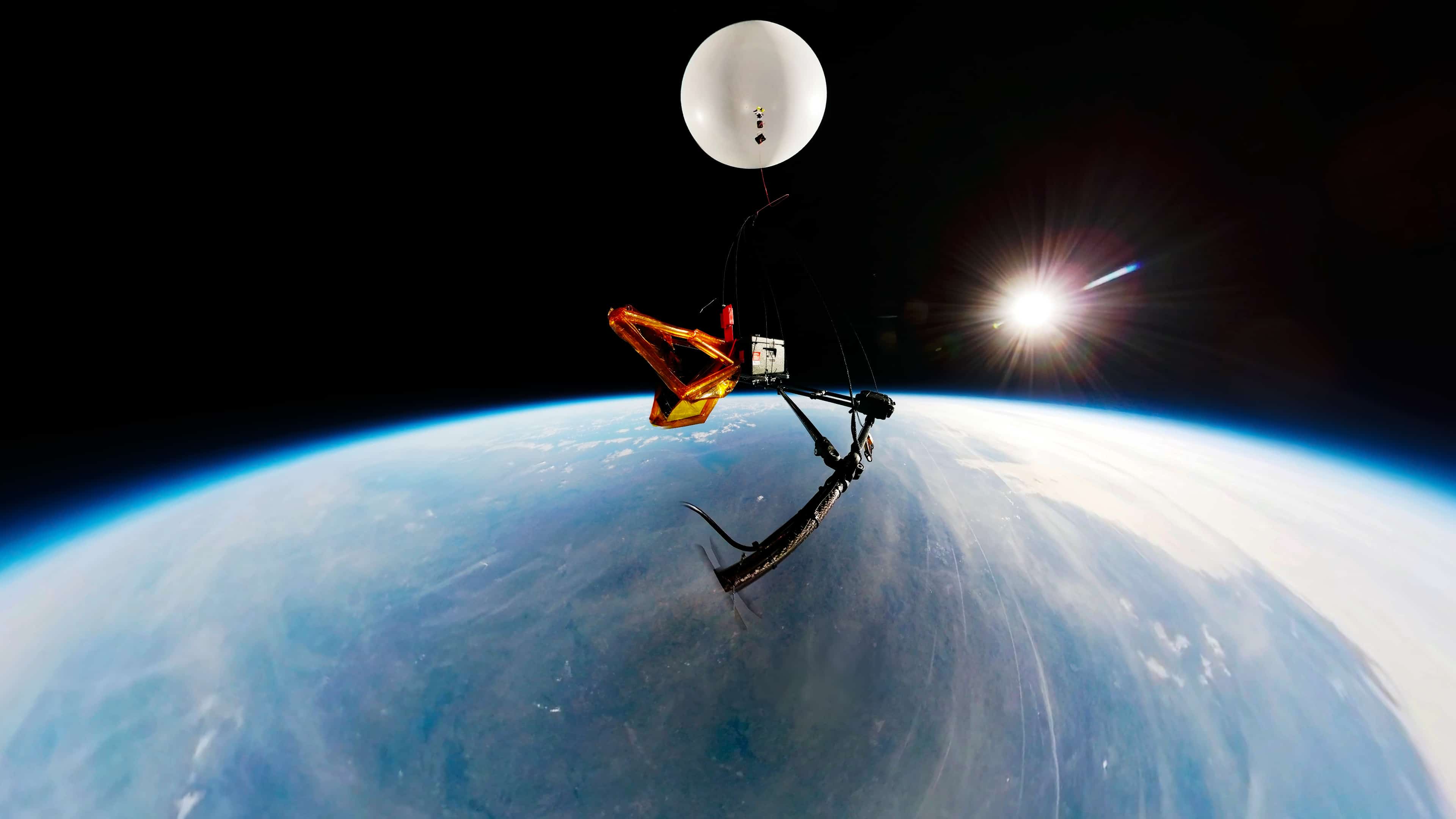
It will be the most advanced observatory for gravitational waves in Europe: the Einstein Telescope (ET). Limburg is in the race for potential site. Meanwhile, the regional development companies and partners with LIOF in the lead are encouraging the development of new technologies for the telescope through a programme and R&D scheme for high-tech companies. A new round will start in February with the theme: vacuum technology. After that, three more rounds will open in 2024.
Why you need to know this
Although we are constantly increasing our understanding of the universe, countless unsolved mysteries remain. The Einstein Telescope promises to play a crucial role in unravelling some of the mysteries.
The Einstein Telescope is used to detect and observe gravitational waves. These cause distortions in spacetime, as predicted by Albert Einstein about a century ago. It requires highly sensitive equipment to detect these waves, capable of measuring changes in space many times smaller than an atom. Scientists also aim to use the ET to gain a deeper understanding of dark matter.
In short: we will better understand the universe thanks to the telescope. The tri-border region of the Netherlands, Belgium and Germany is currently being considered as a possible site. This region is an ideal candidate because of its tranquillity, stable soil and thriving ecosystem of knowledge institutions and high-tech companies.
Besides the ideal location, more is needed for the telescope to succeed: significant advances in new technologies. To encourage this, an R&D scheme has been set up for high-tech companies. The National Growth Fund made EUR 12.085 million available for this in 2022. LIOF implements the scheme under a mandate from the Ministry of Education, Culture and Science.

A big step forward
Following its predecessors in the US, Italy and Japan, the ET sets a new standard from a technological perspective. “We can start measuring much more accurately,” explains Jorg van der Meij. He works as programme manager for the Einstein Telescope at LIOF. Three elements contribute to this. “What sets this telescope apart from its predecessors is, firstly, its underground location, which minimises interference from terrestrial activities.
Second, the ET provides six measurement capabilities. “The telescope will have arms ten kilometres long, collapsing like a triangle. At each vertex will be two laser installations. One installation will measure gravitational waves at relatively high frequencies, while the other will measure waves at lower frequencies.
Third, pioneering technological leaps will set a new standard. “These are technologies that essentially do not yet exist. That is what the new scheme was created for,” Van der Meij said. The scheme will be open to individual companies and partnerships around five technology domains, all of which are relevant to the telescope.
Vacuum technology
In November, the first round of the scheme closed, with companies applying to develop techniques for vibration-free cooling of telescope mirrors. The next topic on the schedule is vacuum technology. This call will start 12 February.
Van der Meij: “With the upcoming implementation of six measuring instruments, we need about 120 kilometres of vacuum tubes, located 250 metres underground. In these, the laser beam rotates. This component is a significant cost item for the project. Efficiency and cost-effectiveness are crucial. The high-tech business community can be of great value here.”
This is followed by three other topics: Vibration damping, optics (the development of large mirrors and coating) and thermal deformations (development of technology aimed at deformations caused by temperature).
Even more applications
LIOF has also started identifying other application areas where the new technology could be useful. “Think, for example, of aeronautical engineering or the semiconductor industry. Low-vibration cooling, for example, will also become important in electric flying, while this technology was basically developed for the Einstein Telescope
Netherlands as frontrunner
In 2025 or 2026, it will be known where the telescope will actually be located. After that, construction of the tunnels and infrastructure, among other things, will begin. The construction of the instrument itself will take place in the later years of the building process, with an expected completion sometime in the 1930s.
Now that the first round is over, Van der Meij can say with certainty: “The Dutch high-tech industry does not shy away from major technological challenges. We are global leaders in many different fields. The Netherlands now has a great opportunity to also profile itself with its contribution to the Einstein Telescope, which will allow us to gain in-depth insights into our universe and its origins. On top of that, high-tech business can make itself even more future-proof when it comes to other applications.”





